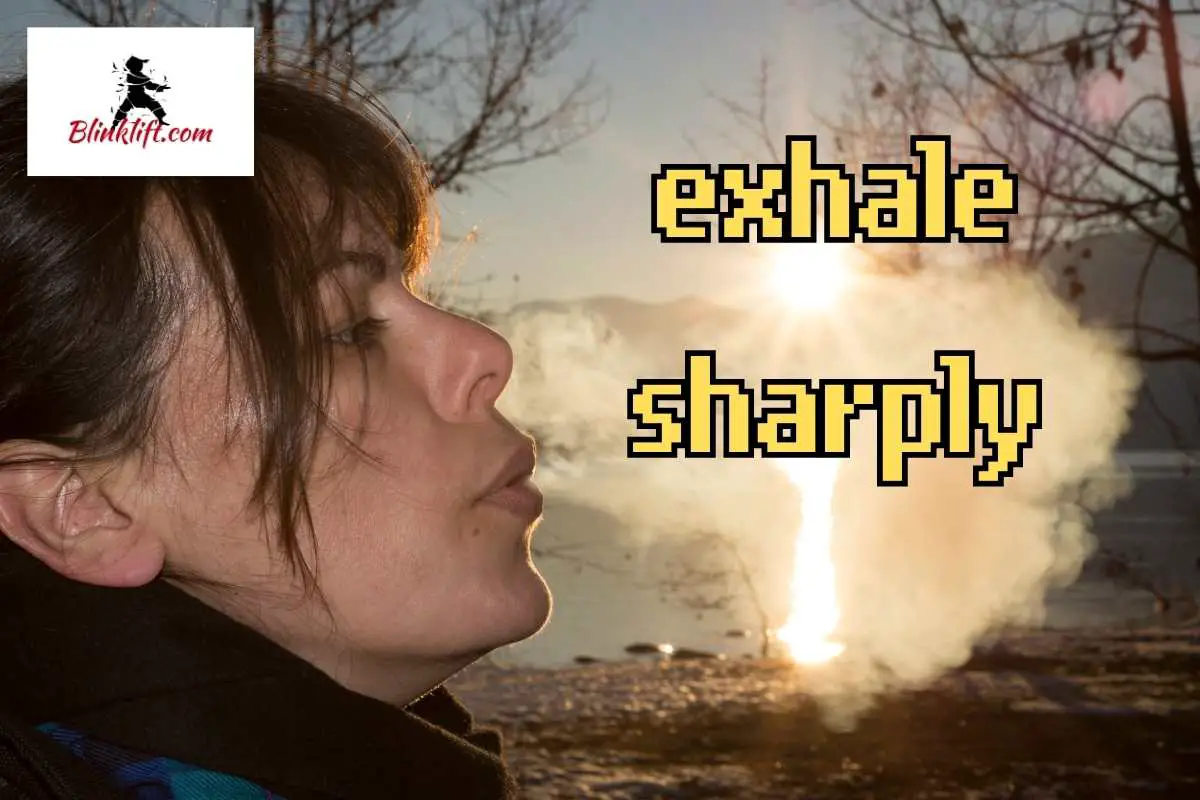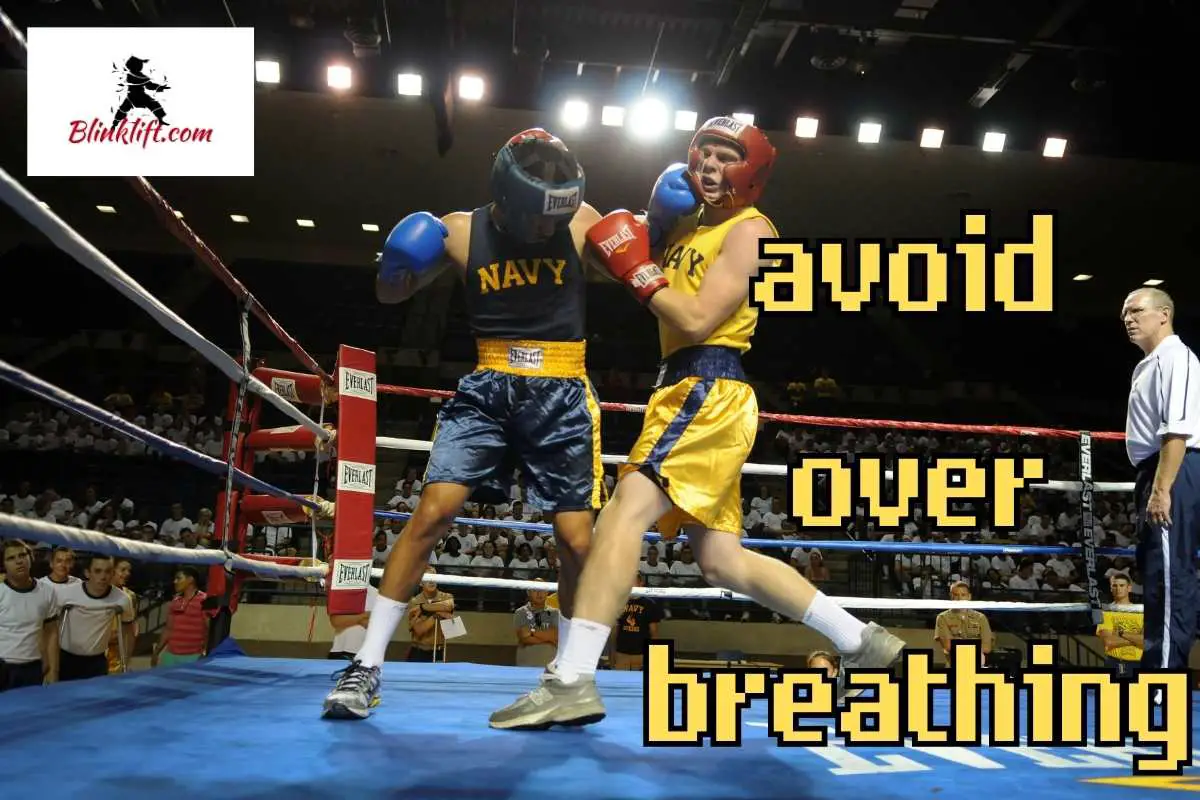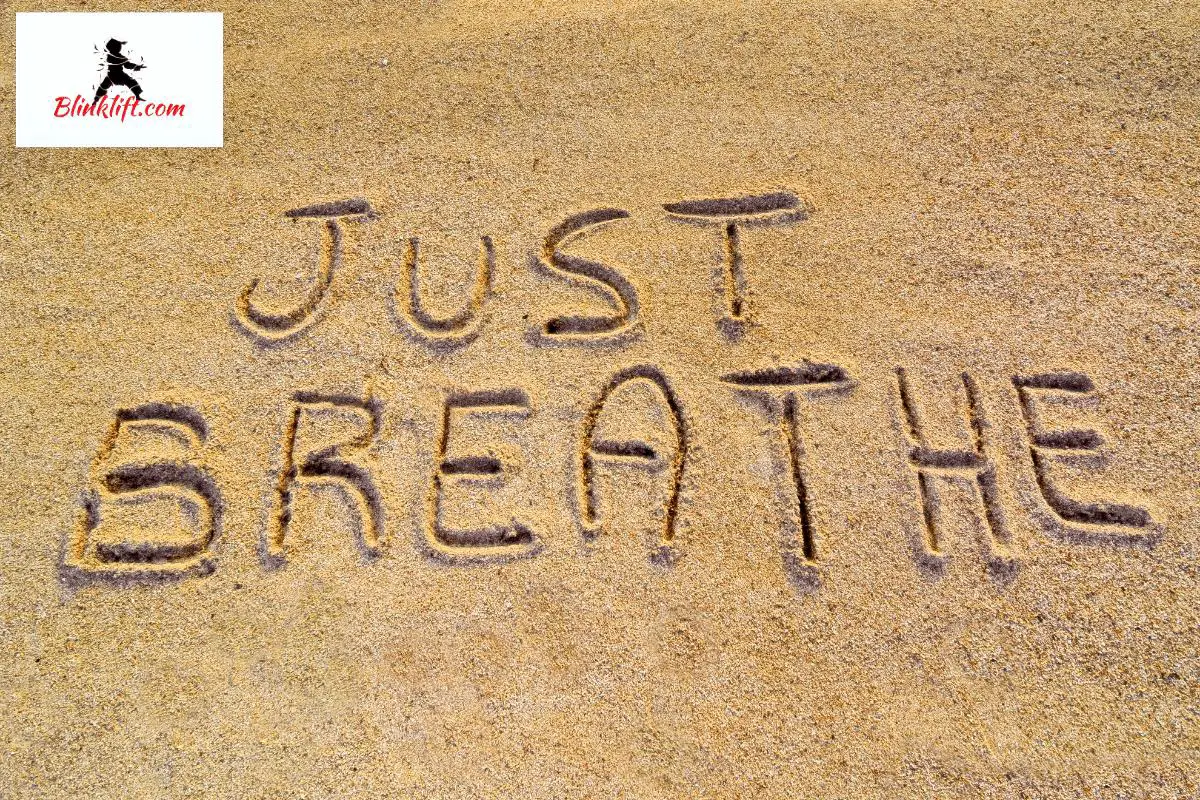Welcome to our comprehensive guide on mastering the art of Muay Thai breathing! In the adrenaline-pumping world of Muay Thai, where every move counts, the way you breathe can make all the difference between triumph and fatigue.
Proper breathing in Muay Thai is one of the fundamental skills you must get right to even consider yourself a good fighter. Without breathing appropriately, you’ll be more tense, be able to generate less power, not control your emotions, and have many other negative benefits that directly correlate to your fighting skills.
Whether you’re a seasoned fighter or just starting your journey in this ancient martial art, learning to breathe correctly will not only elevate your performance but also ensure you stay focused, agile, and injury-free throughout your training and fights.
In this article, we’ll share essential tips and techniques that will take your Muay Thai breathing to the next level, enabling you to harness the power of your breath and conquer any challenge that comes your way.
So, let’s dive in and discover the secrets behind effective breathing in the world of Muay Thai!
How to Breathe Correctly in Muay Thai
The first part of this article will teach you how to breathe correctly. We’ll go over five points that’ll help you understand much more firmly how to use your breathing to skyrocket your Muay Thai performance.
You’ll learn how to:
- Control your breathing
- Generate more power with your strikes
- Stay more relaxed
- Control your emotions
- Lower your heart rate
- Be quicker on your feet
- Improve reflexes
- Be an overall better fighter
I hope this gets you excited. Imagine having all the eight benefits I listed above in your Muay Thai career. Wouldn’t you be a much better fighter? I think there’s no arguing that!
Without further introduction, let’s dive into the first tip to breathe correctly in Muay Thai.
#1 – Timing with Techniques
The first point we’ll review is timing your breathing with the different techniques out there. For this section, I’ll refer to kicking, punching, elbowing, and kneeing, as striking. This is how it goes; you want to exhale sharply when you throw a strike, as it’ll tense your core and allow you to generate more power.
Coordinate your breathing with your techniques. For example, exhale sharply when throwing strikes or executing kicks, as this helps to increase power, release tension, and engage your core. What you’ll sometimes see is really good martial artists yelling when throwing a strike. This helps them generate even more power rather than just exhaling sharply.
Have you ever watched a tennis game and noticed the players grunt loudly whenever they make contact with the ball? Well, they do so precisely for the same reason you should be exhaling/yelling whenever you make contact. They do so because they understand that they can generate more power using their breathing.
Today, many people don’t bother working on their breathing as often. As a result, they end up not bettering it and not understanding how to utilize this vital (literally) resource. You’ll be able to use it to your advantage to stay calmer, be more aggressive, generate more power, and control your emotions.
So exhale sharply or even yell when throwing any strike.

#2 – Breathe through Your Nose
The second tip is to breathe through your nose. This is also a fairly popular tip, so you definitely want to pay attention if you don’t know why that’s the case.
Whenever possible, breathe in and out through your nose. Nasal breathing helps filter the air and humidify it, making it easier on your respiratory system. However, during intense moments, you might naturally switch to mouth breathing, which is normal.
You want to identify the situations where you’re breathing through your mouth. If you’re not at the end of an intense fight or spar, consider switching to nasal breathing. You can actually bring more air in through your nose.
To demonstrate, let’s do a quick breathing drill. First, breathe in deeply through your nose only. Then, exhale slowly out your mouth. Then, breathe in deeply through your mouth only and exhale slowly from your mouth.
First, you’ll notice that there’s more resistance when you breathe in through your nose than the times you inhaled from your mouth. The more resistance, the more air you’ll get in. And secondly, if you exhaled at the same pace in both instances, you had more air to exhale in the first instance.
So (1) you get more air in when you’re breathing through your nose and (2) this air is overall better.
#3 – Controlled Exhalation
During striking and defense, try to have controlled exhalation rather than holding your breath. Holding your breath can lead to tension, reduce mobility, and slow you down. Exhaling during strikes also keeps you from getting winded quickly.
This is another key benefit of exhaling sharply or yelling when striking. Not only will you be able to generate more power, but you’ll also control your breathing to a much better degree. Instead of keeping your breath in, you’ll have air constantly circulating in and out, which will keep you fighting for longer periods.
Holding your breath in Muay Thai is the same as holding your breath when running or lifting weights; all it does is harm your performance by winding you down quicker. It also leads to tension, reduces mobility, and forces your body to perform without as much air, which is much harder.
#4 – Avoid Overexertion
Be mindful of your breathing rate and avoid overexertion. If you find yourself gasping for breath, it might be a sign that you need to pace yourself or take a short break.
You’ll notice yourself being out of breath when you’re a Muay Thai beginner. You’ll notice how much more difficult it is to function and continuously fight when you’ve never done it before. Therefore, this is where you’ll get tired the quickest; so pay attention.
If you find yourself unable to breathe properly and feel pain in various parts of your body, it’ll be best to amp down the fighting rate. The only thing you’ll cause is not enjoying training and a reduced chance of staying consistent.
While Muay Thai training is going to be tough all year long, you don’t want to push yourself beyond your limit. I’m a fan of suffering and I seek pain in my life, which Muay Thai gives me the platform to find this pain all the time. And yet, if you find yourself overexerting, you want to slow down your training or take a short break.

You’ll get much better—and do so faster that way.
#5 – Stay Relaxed
Avoid unnecessary tension in your body, as it can impede your breathing. Stay as relaxed as possible while maintaining proper form and technique.
Slow breathing techniques act enhancing autonomic, cerebral and psychological flexibility in a scenario of mutual interactions: we found evidence of links between parasympathetic activity (increased HRV and LF power), CNS activities (increased EEG alpha power and decreased EEG theta power) related to emotional control and psychological well-being in healthy subjects.
SOURCE
As you can understand from the study above, slow breathing has been scientifically proven to help with emotional control and psychological well-being. I want to interpret this finding into the fighting world.
The more relaxed you are, the more likely you are to perform. The opposite applies as well, so if you’re tense and are all over the place, you’ll be less likely to perform.
Thus, controlling your breathing and using sharp exhales to your advantage will allow you to stay more relaxed and be more controlled, which is exactly what will make you an overall better fighter.
Final Words
So this is how you breathe correctly in Muay Thai. Your next step is to take everything I’ve gone over with you in this article and make it a habit. Practice exhaling sharply after every single strike you throw, whether you feel like it or not.
The true progression comes when nobody is watching. It’s not in an important spar or fight where you’ll learn the most, not at all. You’ll learn the most when you take active action toward perfection. So, in your warm-up, exhale when you throw a strike. And then, when you’ll spar in the next training session, this sharp exhaling will come naturally.
And remember, Rome wasn’t built in a day, so keep working hard and remain dedicated to the craft of Muay Thai.
Here are other articles you’ll benefit from:
The 7 Best Muay Thai Shorts for Your Money
How Martial Arts Reduce Stress: 9 Compelling Reasons
The 5 Best Focus Mitts for Muay Thai – Train Effectively
Required Equipment for Your First Muay Thai Class
The 5 Best Knee Types in Muay Thai – Dominate Your Opponents

